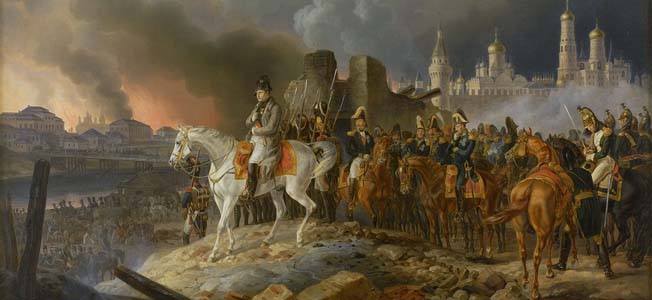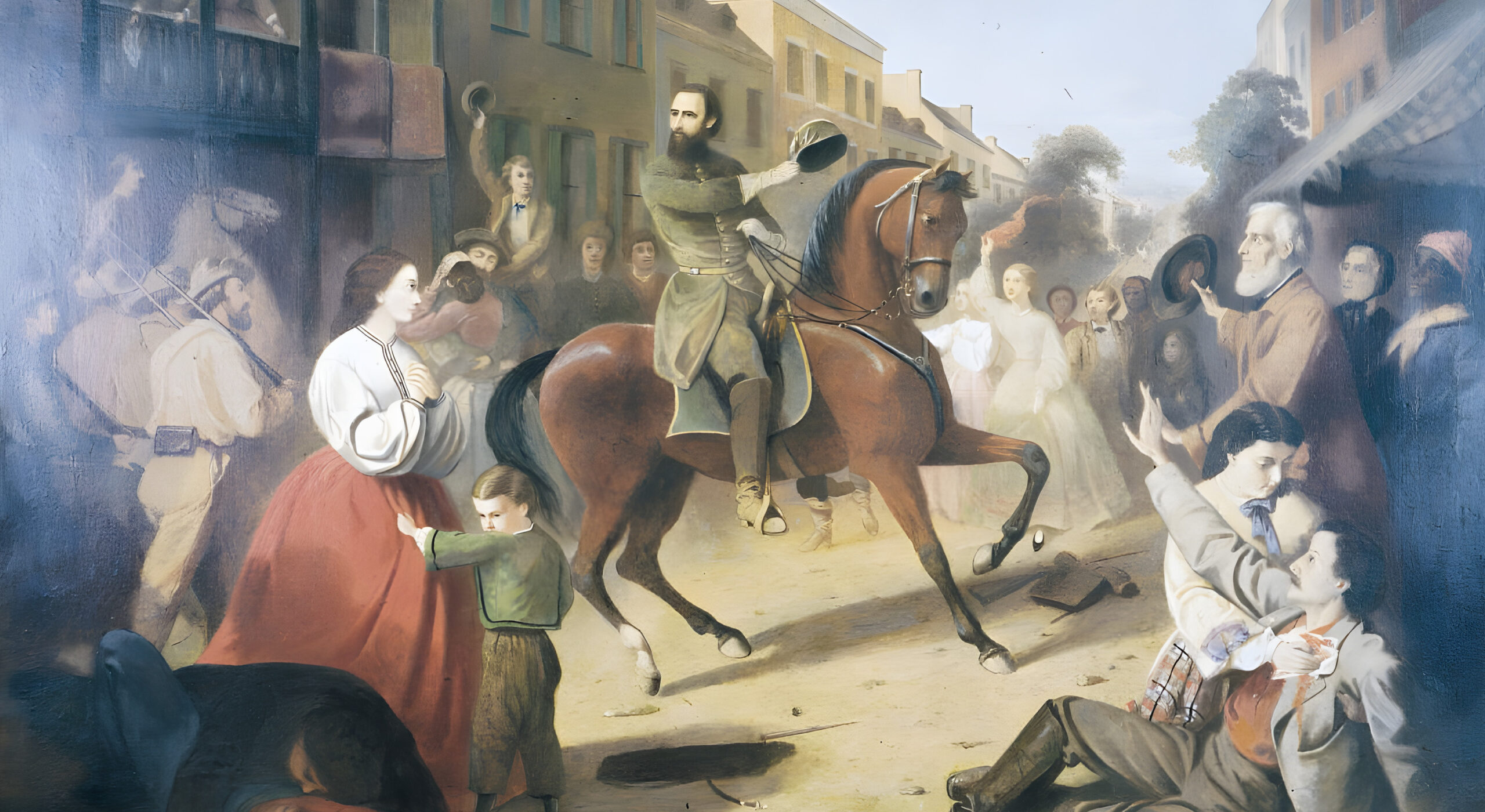By Christopher Miskimon
Manila was the first large city the U.S. Army had to take in the Pacific War. Covering 110 square miles, it had many stone and concrete buildings, perfect defensive positions for the Japanese. These buildings proved resistant to even heavy artillery; many were specially reinforced to withstand earthquakes. Wherever possible, the Japanese defended them in a mutually supporting fashion, making them even harder to capture. The U.S. XIV Corps had forced the Japanese into a semicircular perimeter, their backs to Manila Bay. There was no escape, and the Japanese sold their lives dearly in building, alleyways, and rubble-strewn streets.
 The fighting went floor by floor, room by room. If a building was small enough for a squad to search, half the squad stayed outside to cover the entrances while the other half went in. Larger building often required platoons or larger. Squads took on different roles as needed. Support squads covered the advance of assault squads, which moved inside by rushes. Assault squads had a two-man flamethrower team, a Browning Automatic Rifle team, a pair of men with Thompson submachine guns, a demolition specialist, a two-man bazooka team, a squad leader and three riflemen, carrying as many the grenades and satchel charges as they could. They used all of it.
The fighting went floor by floor, room by room. If a building was small enough for a squad to search, half the squad stayed outside to cover the entrances while the other half went in. Larger building often required platoons or larger. Squads took on different roles as needed. Support squads covered the advance of assault squads, which moved inside by rushes. Assault squads had a two-man flamethrower team, a Browning Automatic Rifle team, a pair of men with Thompson submachine guns, a demolition specialist, a two-man bazooka team, a squad leader and three riflemen, carrying as many the grenades and satchel charges as they could. They used all of it.
Sgt. Warren Matha of the 5th Cavalry Regiment, 1st Cavalry Division, later recalled: “Kick in the door, Stick in the flame thrower nozzle. Roast the Japs alive. I can still hear them screaming. I can still smell the burning flesh. The flame thrower has to be the most horrible weapon imagined by man.” Soldiers often went rooftop to rooftop and fought their way down. They would blast holes in walls so they could move without using doorways and windows covered by enemy fire. Sometimes, they just poured gasoline into a room and lit it if the defenders proved too obstinate.
Soon bodies littered the area. Wary of Japanese soldiers playing dead to launch an ambush, GIs shot every corpse they saw through the forehead and stacked against nearby walls. “These were the day-by-day necessities to survive one day more.,” commented one soldier. Pfc. Thomas Howard of the 745th Tank Battalion saw Japanese soldiers drag Filipino women into the open and rape them; sitting in a hidden observation post, he was too distant to help the women and couldn’t reveal his position. “There was no way to describe the emotion of hate of the Japanese and the anguish of not being able to help the women,” he said. Another soldier from the 37th Division heard screams and soon found twenty-five Filipino men, women and children, their hands tied, dead from bayonet wounds. The fighting was brutal, close, and unrelenting.
The walled mini city known as Intramuros also had to be taken and leaders knew it would be another hard fight. When the Japanese ignored a surrender ultimatum, two infantry battalions were to go in, backs by nine artillery battalions, plus tanks, tank destroyers 4.2-inch mortars and machine guns. In a one-hour barrage they sent 7,896 rounds into the Intramuros, 131 shells per minute. Most had concrete-piercing fuses. Walls crumbled under such a deluge. When the infantry went in under cover of a smoke screen, they received little return fire. Japanese resistance within Intramuros ended within the day.
The terrible fighting for Manila was just one battle in the last year of the Pacific War but highlights what soldiers of the U.S. Army saw and experienced. A full accounting of what American soldiers faced in late 1944 and 1945 is chronicled in To the End of the Earth: The US Army and the Downfall of Japan, 1945 (John C. McManus, Dutton Caliber Books, New York NY, 2022, 448 pp., maps, photographs, notes, bibliography, index, $35.00, hardcover).
This final volume in the author’s trilogy on the U.S. Army in the Pacific tells the reader of the difficult fighting soldiers faced as the Japanese Empire was slowly ground down and pushed back to its home islands. This well-written book informs the reader of the varied experiences of soldiers in the Pacific, from troops in the field to the high level strategic and operational decisions made by senior leaders. The previous books in the trilogy were reviewed in past columns and this work is a fitting conclusion to the series. It rivals Rick Atkinson’s Liberation Trilogy, which covered North Africa and Europe, in terms of scope and depth.









Join The Conversation
Comments